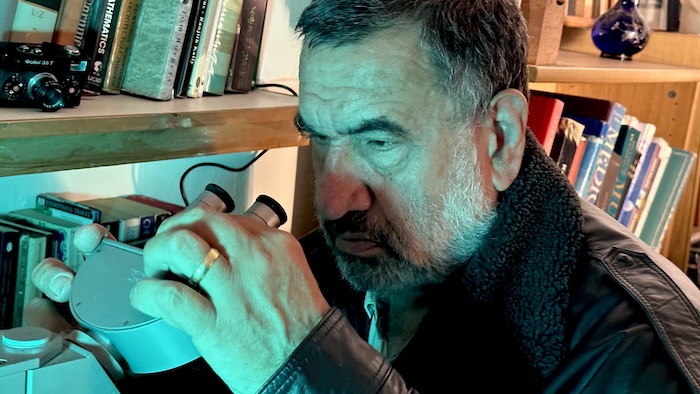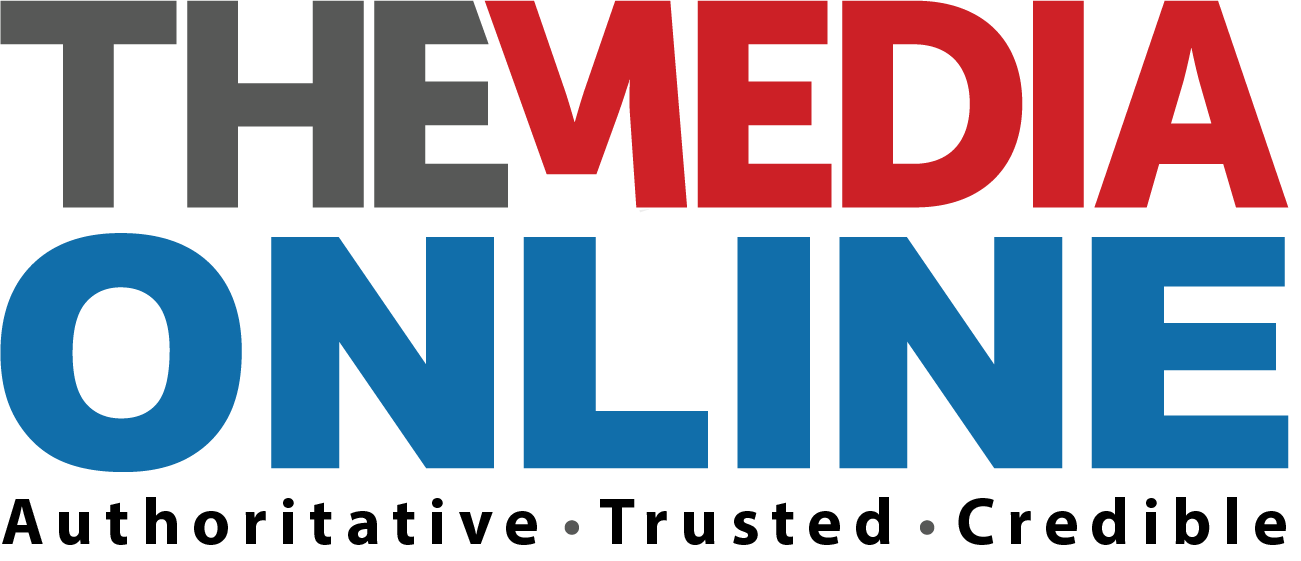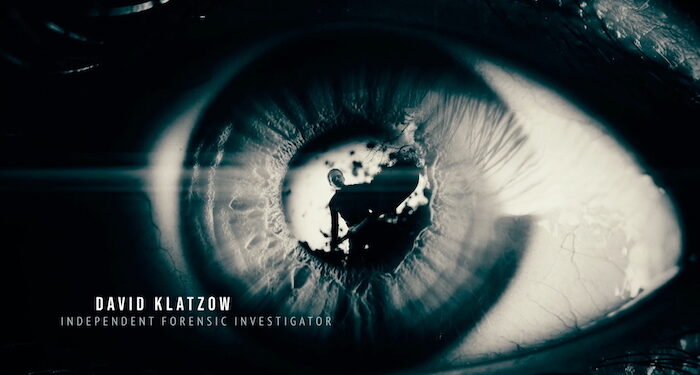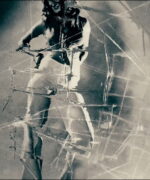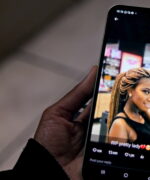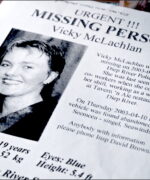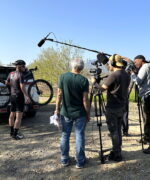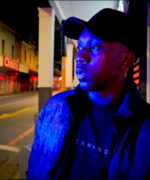It’s Women’s Month. Again. South Africa’s pervasive gender-based violence and femicide by intimate partner will be highlighted. Again.
In November, the South African Human Sciences Research Council released its study on the prevalence of gender-based violence in South Africa. The data, it said at the time, “reveals deeply ingrained gender norms and power dynamics, with strong cultural reinforcement of traditional gender roles and a troubling acceptance of male aggression and dominance”.
Over 10 000 men and women took part in the survey.
- More than 1 in 3 women, 36 percent, said they experienced physical or sexual violence at some point in their lives, while 24 percent reported experiencing violence by an intimate partner.
- Nearly 70% of men said a wife should obey her husband, and 15 percent felt a husband had the right to “punish” his wife for wrongdoings.
- Almost 23% believed a wife may not refuse to have sex with her husband.
- Nearly 10% held the false idea that women are often to blame if they were raped, and 12% wrongly believe if a woman does not physically resist it is not rape.
The HSRC said, “The government should also promptly establish a coordinating body to address gender-based violence as required under the 2024 National Council on GBV and Femicide Act, and ensure full implementation of the 2020 National Strategic Plan on GBV and Femicide. South African women cannot afford to wait any longer for the comprehensive changes needed to end the country’s shocking rates of gender-based violence.”
New true crime series
 On Wednesday at 7pm [6 August], S3 on SABC begins airing DAVID KLATZOW: Looking into Darkness, which runs until October. Produced and directed by Peter Goldsmid (with co-producer Enver Samuel [Truth be Told] and Muneera Sallies [Old Righteous Blues] directing a few episodes) the nine-episode true crime series “explores South African femicide cases with forensic depth and emotional power while also offering insight into the systemic, gendered and societal dynamics that make violence against women so tragically common”, as Goldsmid says.
On Wednesday at 7pm [6 August], S3 on SABC begins airing DAVID KLATZOW: Looking into Darkness, which runs until October. Produced and directed by Peter Goldsmid (with co-producer Enver Samuel [Truth be Told] and Muneera Sallies [Old Righteous Blues] directing a few episodes) the nine-episode true crime series “explores South African femicide cases with forensic depth and emotional power while also offering insight into the systemic, gendered and societal dynamics that make violence against women so tragically common”, as Goldsmid says.
Presented by eminent forensic investigator David Klatzow, it includes commentary from forensic psychologist Nadya Wynchank and social geographer Benita Moolman, who “contextualise cases within power structures, and patriarchal attitudes”. Families and friends bear witness while lawyers, prosecutors and investigating officers tell their stories.
A dark place in the male psyche
Among them are the murder and gang rape of 19-year-old Vicky McLachlan, the case of Tshegofatso Pule, murdered while eight months pregnant, the recent case of Allison Plaatjies, murdered when she asserted her independence. And the murder of young Cape Town sex worker, Nokuphila Kumalo, by artist Zwelethu Mthethwa.
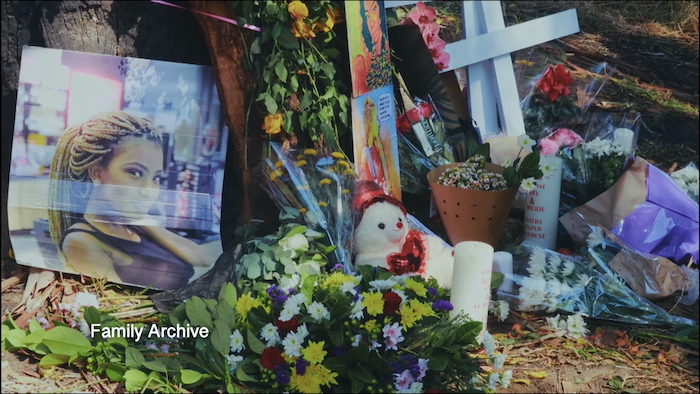
Watch the trailer here: https://vimeo.com/1053112458?share=copy
Goldsmid explains the title. “The original title was David Klatzow: Independent Forensic Investigator, but when it became clear that the primary audience was going to be millennials and David would be the host, I began to feel that the title would not convey the content, which now focused on murders of women, almost all of which were younger.
“And, with femicide providing the common element, not just because it’s a growing scourge, with a woman murdered almost every two hours in South Africa, but also because the phenomenon takes us to a very dark place in the male psyche,” he says.
Goldsmid adds that although the episodes are “designed as compelling viewing without being crime voyeurism”, he wanted to add the element of insight and brought in forensic psychologist Nadya Wynchank and feminist social geographer Benita Moolman to look into such things as male complicity, or the way one murderer crafted a narrative to make him appear a secondary victim of the murder of his wife.
A very dark place
“Benita also made the point that we need to face the unpleasant fact that there are some men who enjoy inflicting violence on women. It all added up to a realisation that the episodes would be taking us into a very dark place in the male mind. Thus Looking into Darkness,” he explains.
Researching it wasn’t easy. It was “dark” on many levels.
“With true crime, you’re nearly always dealing with a story after the event and many of the stories are already widely known because they’ve been reported on in the media. So I brought a storyteller’s ear to the cases. Many people flat-out refused to participate; others were open to it. Some withdrew during the research. In two cases, the mother of the deceased said it was just too painful, and of course I had to accept that.
“In another small town, the journalist who was going to be my key source told me she had received death threats and as a mother of young children decided that her primary responsibility to them overrode any wish she had to be involved in telling the story. Nor could I find anyone else to take her place.”
Just one night of her life
Goldsmid says the series brings one in contact with “some truly horrible things”. But on the other side, one encounters the courage of the secondary victims who chose to participate.
“In some cases it’s driven by anger and/or because they want to share their story. In one case, the sister and cousin of the victim said something like, ‘We’re participating because she should not be defined as the woman who was raped and murdered in the bush in Philippi. That was one night of her life. But for 19 years she was alive and vital and filled with joy. We want to celebrate all of that.’ How can any sensitive, feeling person not be moved? The sister of another victim emigrated, knowing that sooner or later the perpetrator will get out of jail and because she fears him and also fears for her children.”
‘You can’t but be affected’
Shooting the stories was harrowing too, not just in terms of content but within the environments in which these women lost their lives.
“There’s craft involved in filming and to some extent we got caught up in that,” says Goldsmid. “So, for example, lighting the Woodstock street in which 23-year-old sex worker Nokuphila Kumalo got kicked and stamped to death is eerie: you know more or less where it happened, because it was captured on CCTV cameras mounted on the building opposite.
“But then you have to stage and shoot it, and in a way that is stylised and suggestive, rather than graphic and literal. But I guess it stays there at some level in one’s consciousness; and one is touched by the distress of one of her friends who wanted to talk about it, recalling that Nokuphila had told her that she’d be safe, because ‘This was Cape Town and not Johannesburg’.”
Goldsmid says although “a kind distancing that takes place, when the people we talk to share their stories so openly and vulnerably, you can’t but be affected”.
“To see someone like Allison Plaatjies dancing joyfully in a cellphone-recorded video is deeply affecting in the context of her brutal murder. But I think everyone in the team felt that these were important stories that needed to be told. And of course, for all of us, it’s also a job. But never just a job. I hope the series will contribute to raising awareness of GBV and femicide – and how a single crime reverberates and causes emotional pain that never leaves.
“I can’t speak for others, but there is also a satisfaction in telling stories that are substantial – and engaging – and if they can make some kind of contribution to raising awareness around GBVF, that will also be rewarding.”
Compelling viewing
The series can do this in a number of ways, Goldsmid explains. “One is to create empathy for the victims and secondary victims. Another is to help motivate change in attitudes. But, as I’ve already indicated, it’s a complex social issue that needs a multilevel response. Raising awareness is only part of it.
“But I have met with Sindisiwe Chikunga, the Minister in the Presidency for Women, Youth and People with Disabilities, in whose Department there is a real will tackle GBVF and, I hope to be working with them to use the series in outreach and community work. The Centre for the Study of Violence and Reconciliation is also keen to partner in this process.
We asked Goldsmid how he merged the serious documentary aesthetic with the often more sensational style of reporting associated with true crime series.
“That’s such a good question. The episodes have to be compelling viewing; at the same time, they need to be more than that. I felt that providing insight added depth but didn’t overwhelm the stories. Yes, we do recreate the crimes, but, as I mentioned, in a stylised way,” says Goldsmid. “It’s a fine line to walk, between suggesting the horror of the violence and at the same time not sensationalising it. I think we got it right – at least I hope so.”
Support for programmes
Reporting on gender-based violence can leave us feeling pretty hopeless, as does government’s response to the scourge. Was there anything at all you found in telling these stories that offered any kind of solution?
“I wasn’t looking for solutions in the telling of the stories, but I do think if people can empathise with secondary victims, it will create support for the kind of programmes that need to be put in place and the human capital that needs to be invested, to say nothing of the will to prioritise spending,” he says.
“Perhaps those in government will be moved to act more comprehensively – and set programmes in motion that will begin to effect change. Certainly, effective policing can be something of a deterrent. Changing attitudes within the police can be part of that. I met some extraordinarily dedicated policemen and a prosecutor (in the Nokuphila story),” Goldsmid explains.
He adds, “But we also need to balance the need to bring perpetrators to book against the right of the accused to a fair trial, however frustrating that might sometimes be. That’s another aspect of justice that comes into play in some of the stories. Again, it’s a complex problem; we could only look into it with empathy and dramatic power, albeit within the documentary space.”
Goldsmid says it was heartening to find so many good and able people in the criminal justice system.
“As we currently hear about police corruption on a large scale, I think about the clever and motivated policemen and lawyers I came into contact with. I can’t end without acknowledging David Klatzow and the gravitas and intelligence he brought to the series.
“He has a commanding screen presence; he brings a unique quality to the series. It’s quite something to remember that it was fully 10 years ago that I came across his book, ‘Justice Denied’, and decided to approach him to be in a true crime series. It’s taken a long time and a lot of evolution to bring to the screen. But it’s been eminently worth it. I believe that those who watch the series will feel the same way.”
